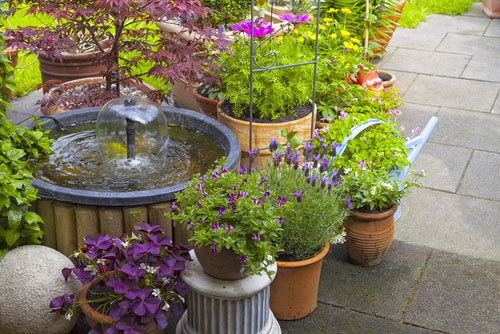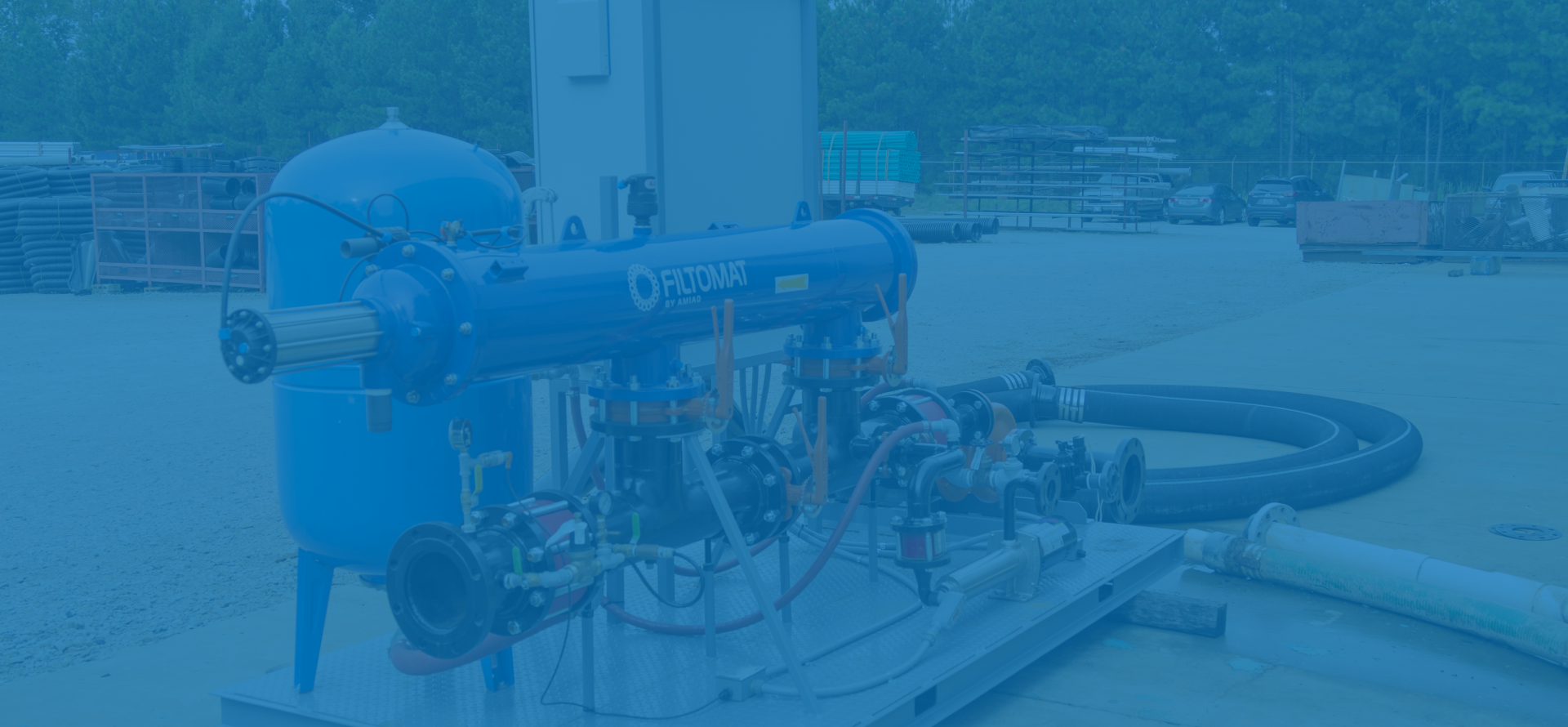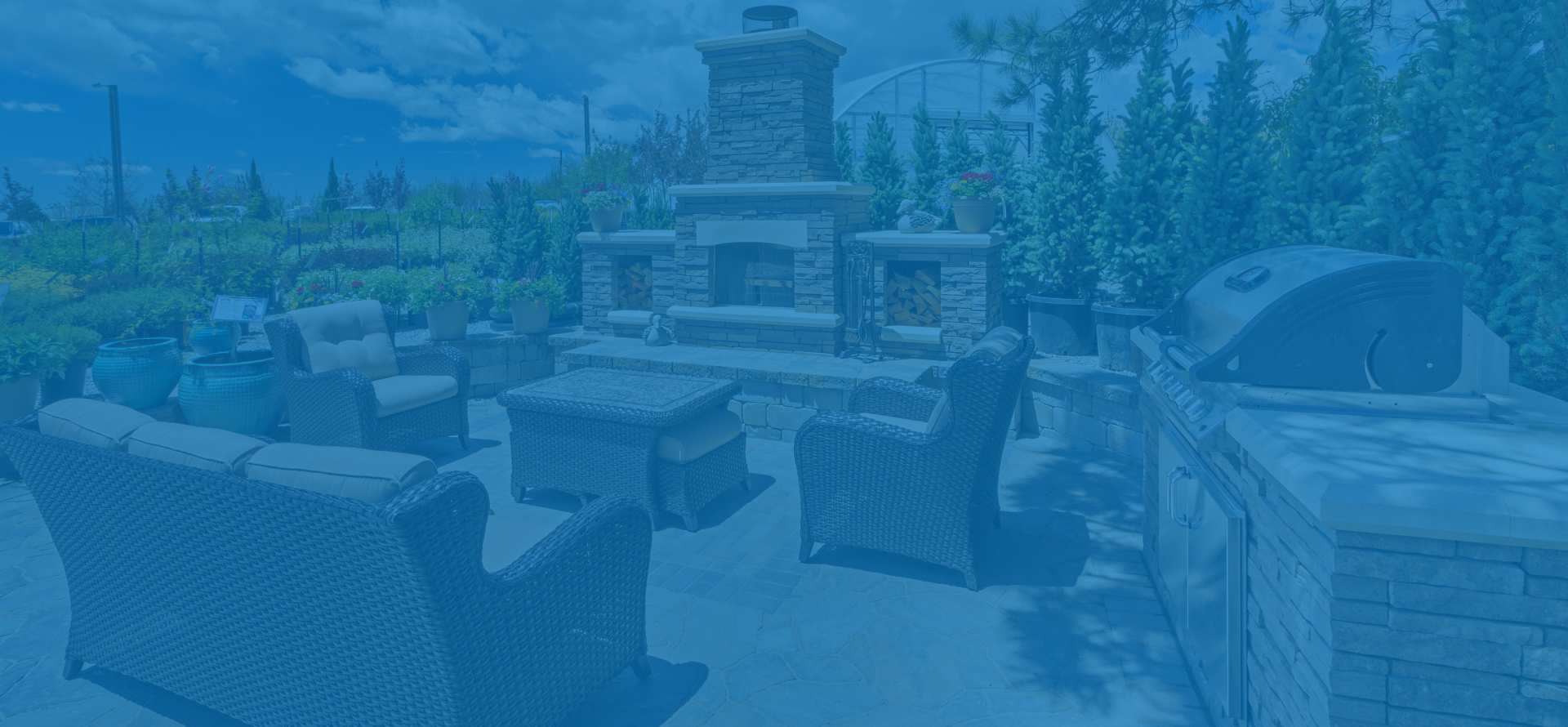DIY fountains might seem complicated or difficult, but the reality is that they are very simple to create.

The first trick in working with DIY fountains is to understand how fountains work. Once you understand how the pieces all connect together, and the basic philosophy of how they work, you will be able to fix, create, and design your own fountains.
DIY Fountains
Fountains are made up of five parts:
• the reserve to hold the water,
• the pump to push the water,
• the line that delivers the water to the top of the fountain,
• the screen to keep stuff out of the filter, and
• the fountain.
As long as the fountain is stable, you can change and improve how the water is delivered to the top.
The second trick of most fountains is to understand which pump you need. Most fountains work off of submersible pumps; the problem is finding a pump that will push water to the elevation of fountain.
The next big problem is figuring out how much (volume) water you need the pump to deliver to the elevation (height) of your fountain. Most pumps have a grid chart on the back that will show you how much volume the pump will move to different heights. If the fountain is three feet tall, and you need 3 gallons of water pumped per minute (GPM), then you can look on the back of the pump box and see if that pump is the right one for your project.
If you are creative, then the third trick is to use a flexible line/hose as a conduit for water. These are the secrets to becoming a MacGyver of residential fountains.
Need some expert advice on choosing, building, and maintaining DIY fountains? Just ask.








